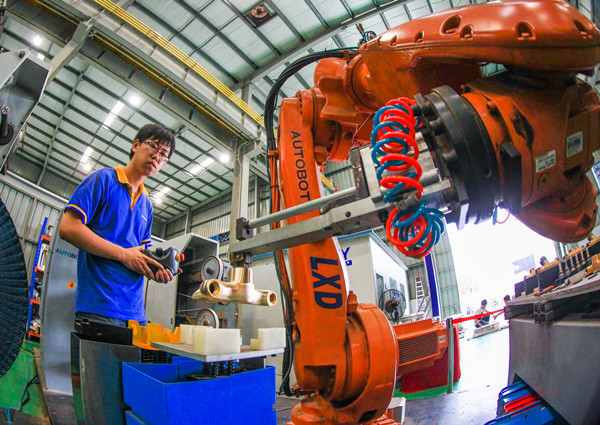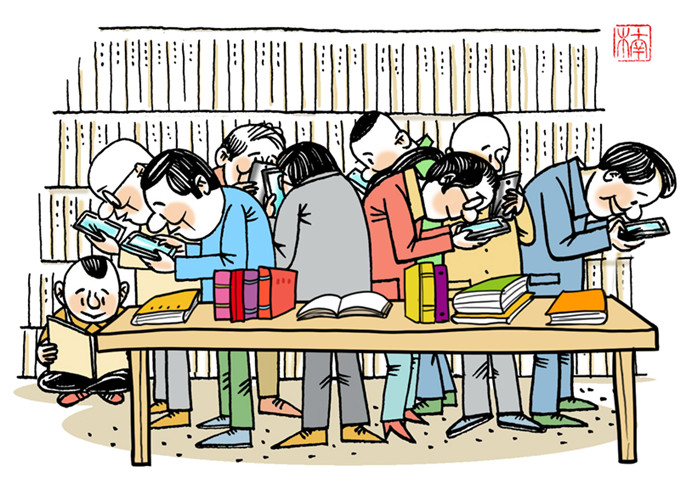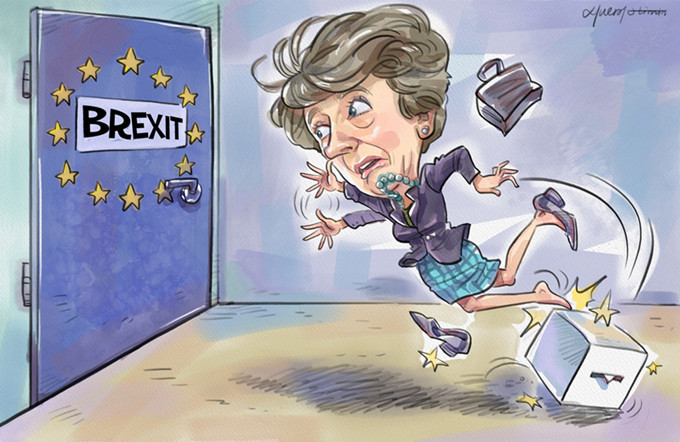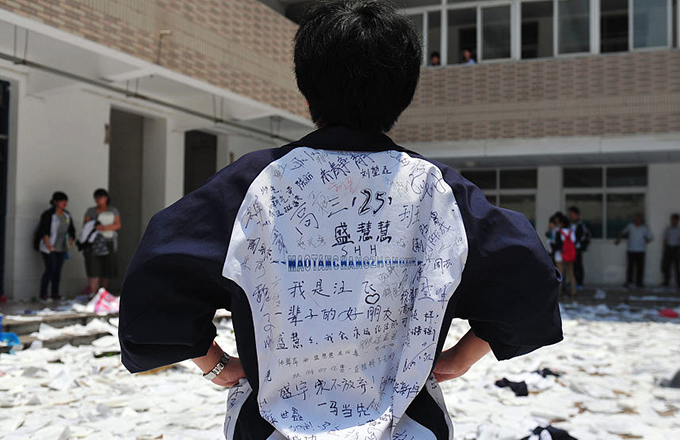Rating bias and spillover impact
 |
|
A worker assembles a robotic arm at a factory in Foshan, Guangdong province. [Provided to China Daily] |
On May 24, Moody's downgraded China's sovereign credit rating to A1 from Aa3. From the reasons given for the downgrade, we see that the international rating agencies still hold hackneyed prejudices against China's economy, exaggerating Chinese government debt risk and misunderstanding the implementation of China's supply-side reform. This ignorance of the actual circumstances of China's economy is the cause of this rating bias. Since the outbreak of the last financial crisis, China has been the anchor of the global economy and has provided the public goods for countercyclical global governance.
Therefore, while such rating bias has a limited impact on China's economy, it is likely to have a spillover effect on various levels, increase procyclical global economic volatility and weigh on the medium to long-term global economic recovery. As such, we believe, amid the global tug-of-war chaos, international rating agencies' rating bias and the spillover effects will become commonplace. China could ease the continuous negative impact with a long-standing effective expectation management mechanism to refuel the momentum for the long cycle recovery of China's and the global economy.
Rating bias stems from hackneyed prejudices. The big three international rating agencies recently downgraded China's sovereign credit rating for the first time since 1999, harping on the same old tune of the high level of government debt, the slow progress of reform, slowing growth, etc. These prejudices and international rating agencies' chase for interest result in the dislocation of analysis from the actual circumstances of China's economy and the misunderstanding of China's policy implementation, hence the serious rating bias:
1) Hackneyed prejudices exaggerate Chinese government debt risk. On the risk front, despite some increase of Chinese government debt in recent years, the debt-to-GDP ratio remains low, which offers ample wiggle room for policy maneuvering and comparative advantages. According to the International Monetary Fund's estimations, China's debt-to-GDP ratio will reach 52% in 2018, which falls below the 60% threshold of the European Union and is significantly lower than that of advanced countries such as Japan, the United States, Germany, France and the United Kingdom for the same period. On the risk control front, unlike the "small government" of Europe and the US, China is a sizable economy and government authorities at all levels hold adequate realizable assets so that they actually have higher debt servicing capability.
Moreover, academically, economic growth is the key to resolving the government debt issue. Currently China has much higher economic growth than advanced countries' and the absolute level of 10-year government bond yield. This not only promotes the stable growth of China's fiscal income but also increases the Chinese government's tolerance of even greater financing cost hikes. This makes Chinese debt defaults even more unlikely. Therefore, imposing the criteria in assessing European and US government debt risk on China without due regard to the above differences, will inevitably overestimate Chinese government debt risk.
2) Hackneyed prejudices cause misinterpretation of China's supply-side reform implementation. Firstly, international rating agencies misunderstand China's policy coordination. Ten years since the outbreak of the financial crisis, traditional demand-side stimulus has almost reached a bottleneck. Global economic structural issues need to be dealt with in earnest. Therefore, China first undertook supply-side reform to invigorate total factor productivity and to refuel momentum for long cycle economic recovery.
Fiscal stimulus is only used to boost demand in a measured manner to create a stable economic environment and ample room for corporate profit growth, so as to facilitate capacity reduction, destocking, deleveraging, cost reduction and the improvement of underdeveloped areas. Therefore, the increase of debt is modest in speed and amount. Constrained by the traditional policy framework, international rating agencies still see China's policy innovation as the aggressive fiscal stimulus of the likes of the US and Japan and hence drew the flawed conclusion that China's debt will continue to grow.
Secondly, international rating agencies misjudged China's progress in supply-side reform. Following the logic of supply-side reform, the plan for capacity reduction, destocking, deleveraging, cost reduction and improving underdeveloped areas was launched first. This has exposed the cost and created short-term pain in the early stage of reform. However, in the short term, with well-planned policy coordination, China's economy has staged a strong rebound since last year and effectively alleviated short-term pain.
In the longer term, the plan for capacity reduction, destocking, deleveraging, cost reduction and improving underdeveloped areas has achieved concrete results. Reform dividends will emerge gradually and facilitate China's economic gear change. Due to their focus on the short-term pain and overlooking of the long-term dividends, international rating agencies have underestimated the medium to long-term growth momentum generated by supply-side reform. Such a misjudgment already took place last year. In March 2016, Moody's and Standard & Poor's cut China's debt rating outlook. But since then, China's economy has become stronger rather than weaker. In the last five IMF projections, China's growth outlook was revised up four times and was left unchanged one time, significantly outperforming other major economies.
- Moody's downgrade not to constitute major impact on China: China, US experts
- Moody's subjective analysis goes awry
- Hard to know Moody's mood
- Experts say Moody's downgrading of China's credit rating shows miscalculations
- Moody's remains confident in outlook
- Moody's sees stable property market, but challenges ahead
- Chinese banks face profitability pressure: Moody's




















